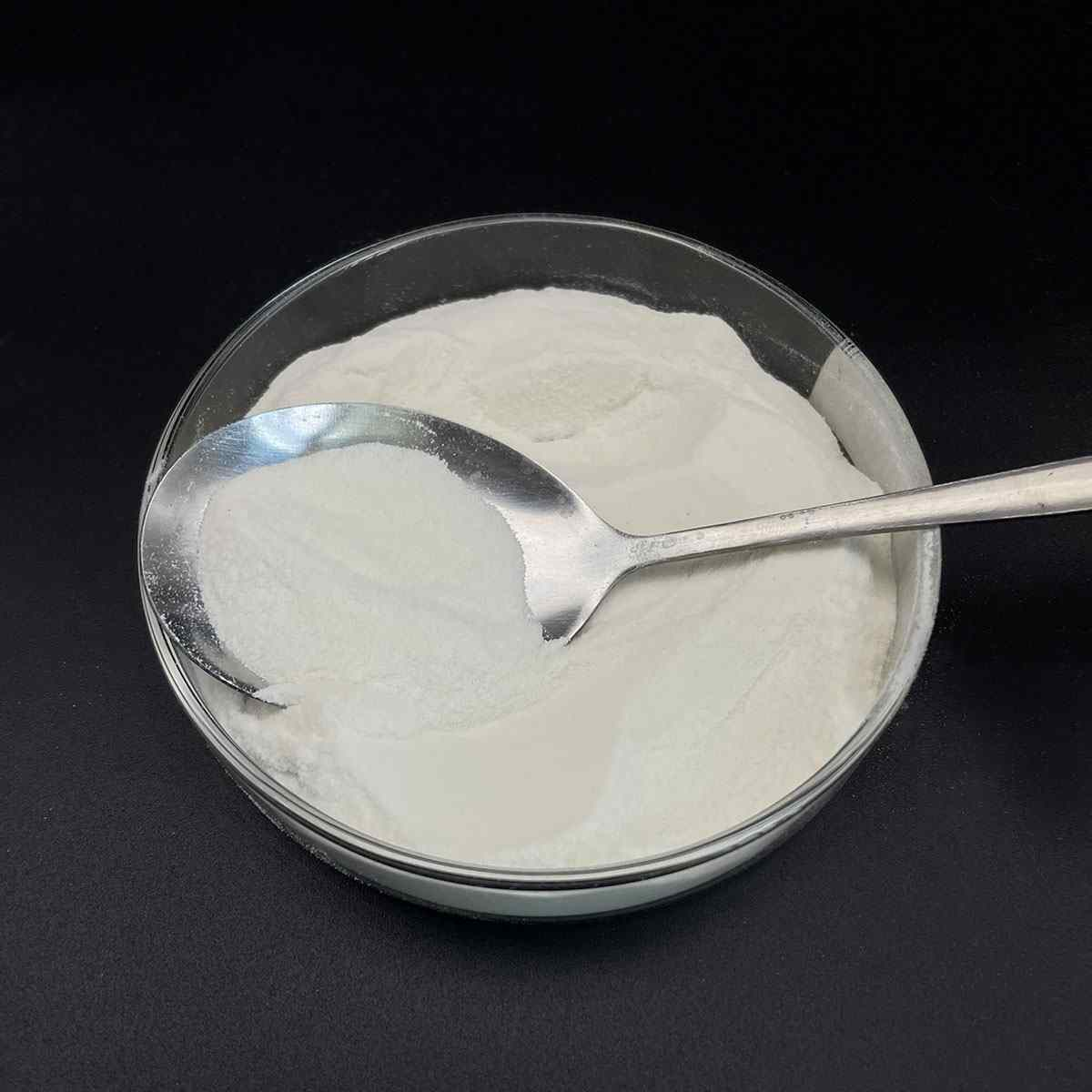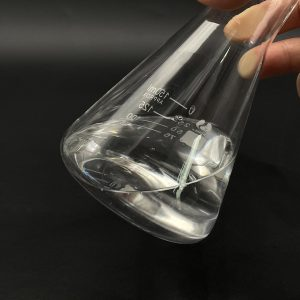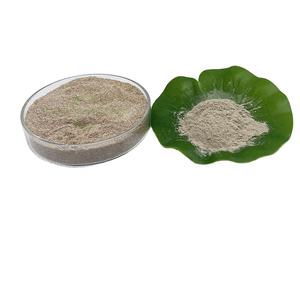1. Introduction
Just 24 hours ago, a major cosmetics brand announced a full reformulation of its best-selling shampoo to remove sodium lauryl sulfate (SLS) in response to growing consumer demand for gentler, sulfate-free products. This move highlights a global shift toward milder surfactants—but what exactly is SLS, and why is it so controversial?

Sodium lauryl sulfate—also known as sodium dodecyl sulfate, sls sodium lauryl sulfate, or na lauryl sulfate—is one of the most common surfactants in use today. Whether you’re lathering up with toothpaste, washing your hair, or even mixing a weed killer for your lawn, chances are you’ve encountered it.
2. What Is a Surfactant?
The meaning of surfactant is simple: it’s a surface-active agent that reduces surface tension between liquids or between a liquid and a solid. This allows products to spread, foam, emulsify, or penetrate more effectively.
Surfactants fall into four main categories: anionic, cationic, non ionic surfactant, and amphoteric. Sodium lauryl sulfate is a classic example of an anionic surfactant, meaning it carries a negative charge in water.
3. Sodium Lauryl Sulfate: The Workhorse Surfactant
Sodium lauryl sulfate (SLS), chemically identical to sodium dodecyl sulfate, is derived from lauryl alcohol (often sourced from coconut or palm kernel oil). It’s prized for its powerful cleansing and foaming abilities.
You’ll find SLS labeled as sls sodium, lauryl sulfate, natrium lauryl sulfate, or simply sodium lauryl sulfate for sale in bulk for industrial use. Despite its effectiveness, it can be harsh on skin and eyes, leading many brands to seek alternatives.
4. Common Alternatives to SLS

As consumers seek gentler options, formulators are turning to milder surfactants. Popular replacements include:
- Sodium laureth sulfate (also called sodium lauryl ether sulfate or sodium lauryl ether sulphate): an ethoxylated version of SLS that’s less irritating.
- Alkyl polyglucoside and decyl glucoside: plant-based, nonionic surfactants often used in ‘natural’ products.
- Cocamidopropyl betaine (also known as coco betaine, amidopropyl betaine, or coco amido propyl betaine): an amphoteric surfactant that boosts foam and reduces irritation.
- Sodium cocoyl isethionate, sodium lauroyl sarcosinate, and sodium cocoyl glutamate: amino acid–based surfactants known for mildness.
Other options like coco glucoside, sodium coco sulfate (sometimes labeled as coco sodium sulfate), and sodium lauroyl methyl isethionate are gaining traction in sulfate-free shampoos and body washes.
5. SLS vs. Similar Sulfates
Don’t confuse sodium lauryl sulfate with sodium laureth sulfate (SLES). While both are anionic surfactants, SLES is ethoxylated—meaning it’s processed with ethylene oxide—which makes it milder but raises concerns about potential 1,4-dioxane contamination.
Terms like laureth, laureth sulphate, sulfate laureth, sulphate laureth sulfate, and sls sodium laureth sulfate often appear interchangeably on labels, but they refer to different chemicals. SLES is frequently used in sodium lauryl ether sulphate in shampoo formulations for its rich lather.
6. Beyond Personal Care: SLS in Agriculture and Industry

Sodium lauryl sulfate isn’t just for soap. It’s also used as a surfactant for herbicides and a wetting agent for grass. When mixed with weed killers, it helps the solution stick to and penetrate waxy plant leaves.
In this context, it competes with other surfactants like methylated seed oil, polysorbate 80 (also known as span80), lignin sulfonate, and nonionic surfactants such as ethoxylated alcohol or pluronic 127 (poloxamer 188). These act as lawn wetting agents or surfactant non ionic additives to boost herbicide efficacy.
7. Other Notable Surfactants
The surfactant world is vast. Cationic surfactants like cetyl trimethyl ammonium bromide (CTAB) or cetyltrimethylammonium bromide are used in conditioners for their anti-static properties. Anionic surfactants include ammonium lauryl sulfate (also called ammonium dodecyl sulfate or ammonium lauryl sulphate) and sodium dodecylbenzene sulfonate.
Bio surfactants—such as rhamnolipids or sophorolipids—are emerging as eco-friendly options. Meanwhile, fluoro surfactants and specialty molecules like sodium deoxycholate or sodium oleate serve niche roles in labs and pharmaceuticals.
Companies like Rohit Surfactants Private Limited supply industrial-grade surfactants globally, including SLS and its derivatives.
8. Safety and Misconceptions
Despite viral claims, SLS is not carcinogenic. Regulatory bodies like the FDA and EU SCCS consider it safe in rinse-off products at typical concentrations (usually 1–15%). However, it can cause irritation in sensitive individuals—especially when left on the skin.
It’s often confused with sodium laureth sulfate, and both are mistakenly blamed for formaldehyde or dioxane risks (which relate only to SLES manufacturing, not SLS itself).
9. Conclusion
Sodium lauryl sulfate remains a cornerstone of modern cleaning and formulation science thanks to its effectiveness and low cost. But as consumer preferences evolve, milder alternatives like alkyl polyglucoside, cocamidopropyl betaine, and sodium lauroyl sarcosinate are stepping into the spotlight. Whether you’re choosing a shampoo or mixing a weed killer, understanding surfactants helps you make informed decisions.
Our Website founded on October 17, 2012, is a high-tech enterprise committed to the research and development, production, processing, sales and technical services of ceramic relative materials such as What. Our products includes but not limited to Boron Carbide Ceramic Products, Boron Nitride Ceramic Products, Silicon Carbide Ceramic Products, Silicon Nitride Ceramic Products, Zirconium Dioxide Ceramic Products, etc. If you are interested, please feel free to contact us.


